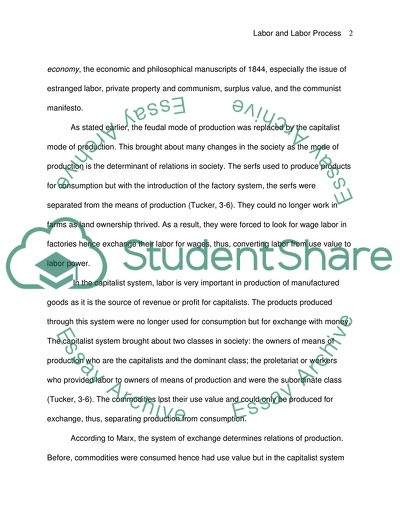Cite this document
(Marx Essay Example | Topics and Well Written Essays - 1750 words - 1, n.d.)
Marx Essay Example | Topics and Well Written Essays - 1750 words - 1. Retrieved from https://studentshare.org/sociology/1786756-marx
Marx Essay Example | Topics and Well Written Essays - 1750 words - 1. Retrieved from https://studentshare.org/sociology/1786756-marx
(Marx Essay Example | Topics and Well Written Essays - 1750 Words - 1)
Marx Essay Example | Topics and Well Written Essays - 1750 Words - 1. https://studentshare.org/sociology/1786756-marx.
Marx Essay Example | Topics and Well Written Essays - 1750 Words - 1. https://studentshare.org/sociology/1786756-marx.
“Marx Essay Example | Topics and Well Written Essays - 1750 Words - 1”. https://studentshare.org/sociology/1786756-marx.


